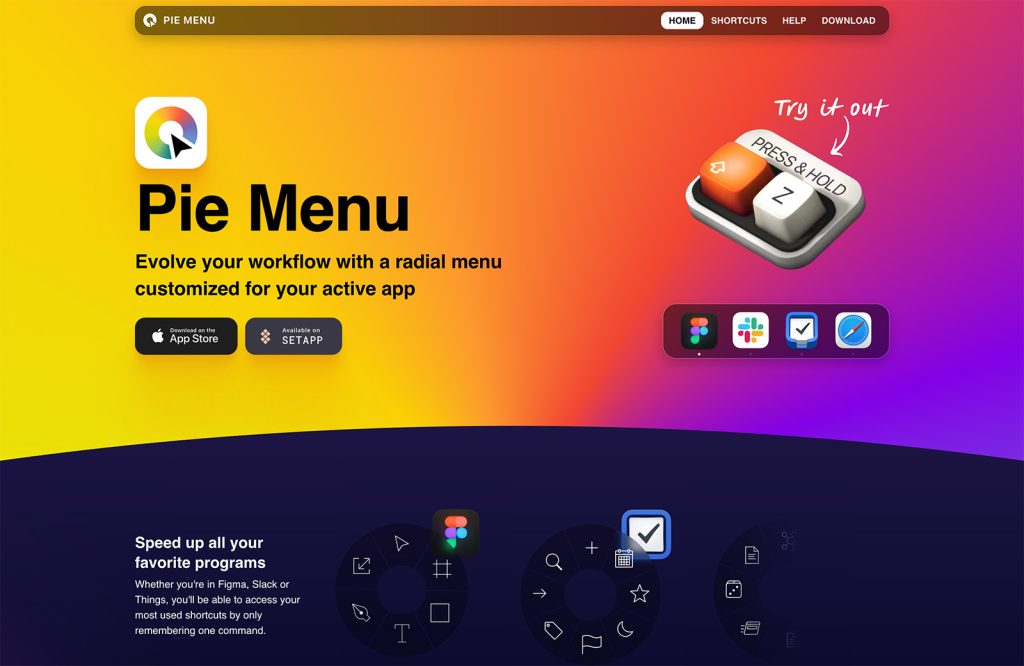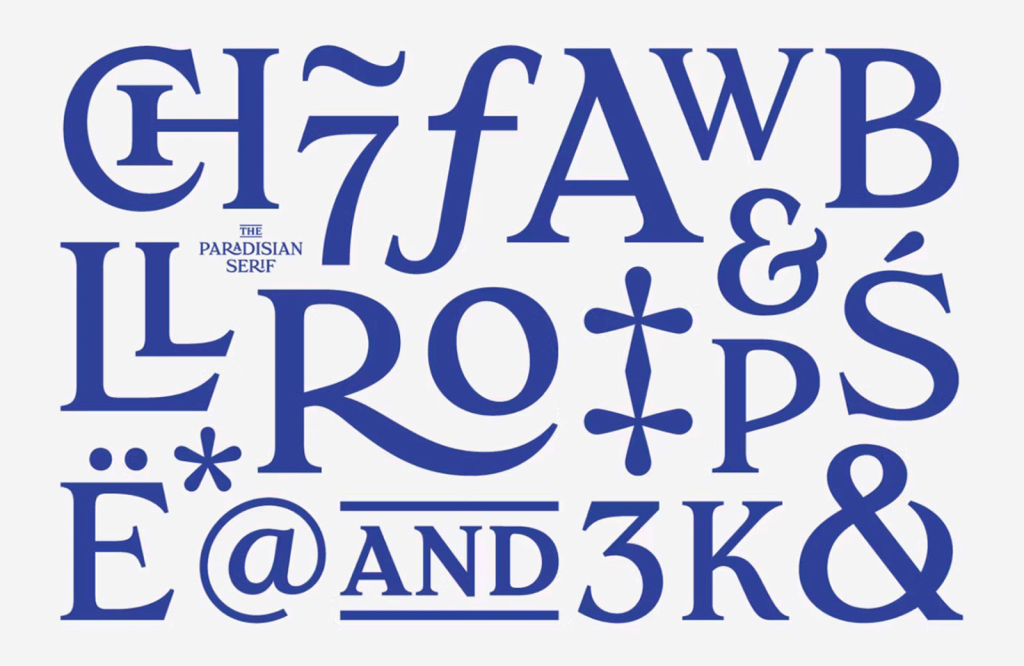So what’s going on with grid systems? I mean Flexbox is here. It’s ready, the browsers are (more or less) ready. It’s about time. We can vertically and horizontally center anything without CSS transform hacks!
Plus, there’s all that other stuff Flexbox can do. Let’s not kid ourselves, though. We’ve been waiting for that centering thing for a long time.
Maybe you’ve been watching the brilliant What the Flexbox?!, series, and you’re all ready to go. If you haven’t seen that, you should.
So… are we ditching grid systems now? Well, in many ways, we could. Especially if you hate class soup as much as I do. However, Flexbox-based grid systems are already a thing, and they can still be useful.
For example, they might help you stick to a CSS methodology like Object-oriented CSS or BEM. Maybe you just like using the classes. Or maybe you’re just getting used to Flexbox, and having the old twelve-column grid would help you adapt.
Maybe it’s just faster to use a pre-defined system than to custom-code every Flexbox grid that you need.
Whatever the reasons, grid systems aren’t going away; and you can have the best of both worlds. So why shouldn’t you?
The “big two”
I’d be remiss if I didn’t mention that Foundaton 6 is out, and it has a Flexbox version of its grid as an option. Ditto the yet-to-be released Bootstrap 4.
They’re keeping the old grids around for the people who need to support less-compliant browsers, but they’re ready to make the switch.
Flexbox Grid
This aptly-named grid system keeps to ye olde twelve columns. It has all of the familiarity of 960.gs, all of Flexbox’s advanced layout capability, plus the responsive-ready classes (extra small, small, medium, and large) that we’ve come to expect.
Solved by Flexbox
Solved by Flexbox was basically made as a demo. Still, it’s a rather complete and functional demo which could be used as the basis for many a project.
Gridlex
Gridlex lives up to its slogan, “Just a Flexbox Grid System”. There’s not a lot to differentiate it from Flexbox Grid. Choose the one with the better class names, I guess.
sGrid
sGrid is a bit different. Specifically, it’s built with Stylus. I know, right? Thought we were all just using SASS now. Anyway, it’s also designed to be integrated with a number of other technologies: Meteor, Grunt, React, and NPM.
scss-flex-grid & sass-flex-mixin
Oh there we go. scss-flex-grid and sass-flex-mixin are two separate SASS-based Flexbox grids. You can clone either from their repository, or install scss-flex-grid via NPM.
Conclusion
The tools are out there. So far, I haven’t been able to identify a “fan-favorite”. Chances are, people will just use what comes with their favorite CSS frameworks, for the most part.
In any case, there is little excuse any longer not to get stuck into Flexbox.






